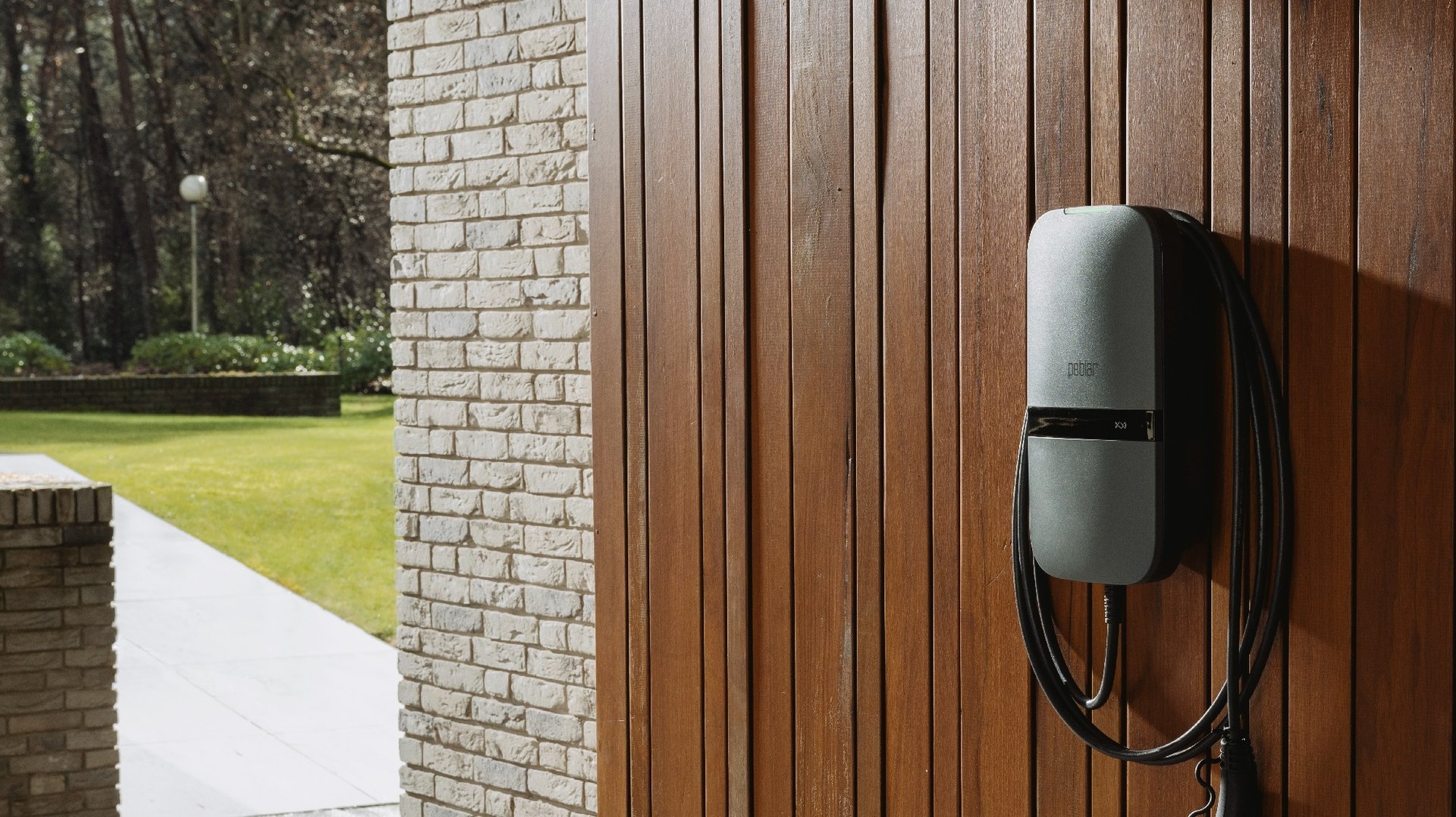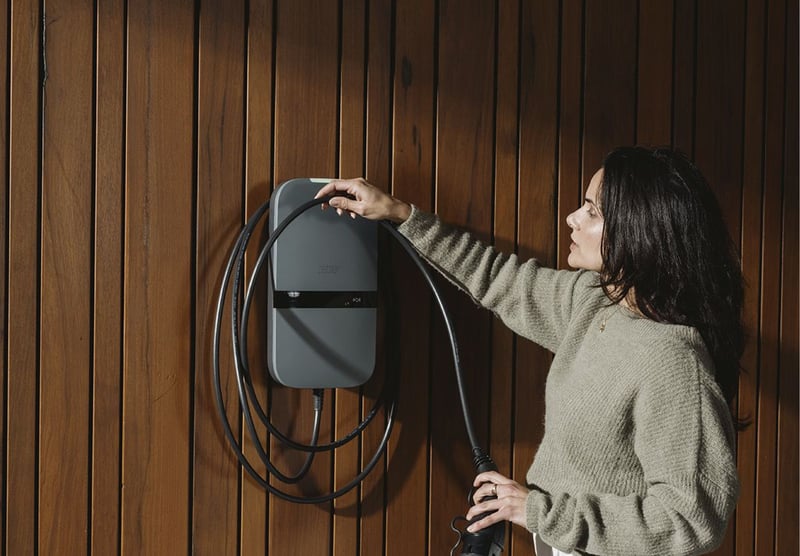The power of bidirectional charging for EV owners - today and in the future

As more car manufacturers start incorporating bidirectional charging into their offerings, this forward-thinking feature is gaining recognition in the EV market and the media. While not all chargers support this feature, bidirectional charging is worth understanding for its potential applications for EV owners.
How does bidirectional charging work?
In short, bidirectional charging allows you to use energy from your car to power other devices, or sell energy back to the grid, essentially turning your car into a large storage battery.
Now for the more technical part: It works by converting the power stored in your car’s battery from Direct Current (DC) to Alternating Current (AC), which is power that can be utilised by other devices or passed back to the grid.
Bidirectional charging can be performed by both AC and DC chargers, but the current needs to be converted along the way. With a DC charger, the car can pass the power back to the charger, but the charger will need to convert the DC current to AC.
With an AC charger, like Peblar’s chargers, the current is converted by the car from DC to AC and passed back to the grid or other devices through the AC charger.
Right now, only a few chargers on the market have bidirectional charging capabilities, and for some of those, it’s not readily available to use out of the box, but has instead been put in place for the future potential. Providing hardware regulations and standards don’t drastically change, the feature can be unlocked by a software update when the applications of bidirectional charging are more viable for consumers.
Based on current status of the hardware standards, the Peblar Business, for example, is hardware ready for bidirectional charging meaning the power path enables the power to flow in two directions, and the meter can measure in both directions.
How can bidirectional charging be utilised?
Understanding its workings is important, but how do you actively use this forward-thinking feature?
Currently, three of the most common ways to utilise bidirectional charging come in the form of vehicle-to-grid, vehicle-to-load and vehicle-to-home (explained below), but these aren’t the only applications and the future holds some exciting possibilities for how it could be used.
Here’s a breakdown of some of those applications:
Vehicle-to-Load (V2L) - One of the most common uses of bidirectional charging is vehicle-to-load, which allows users to plug appliances directly into their car and power them. Additionally, other devices can be connected to this specialized plug. Some manufacturers have already built this functionality into their EVs. It could be used for devices outside of the home, or when camping or even just to cook your dinner.
Vehicle-to-Home (V2H) - The idea of vehicle to home is simply to pass power from your car to your house. You might choose to do this when using energy for cooking or heating the house when electricity prices are high, and then charge the car again when the energy costs are low due to a lower energy demand and/or an abundance of renewable energy. It’s expected that V2H will provide a lot of benefits in the future, but first the right technology and standards should come together.
Vehicle to Grid (V2G) - This allows users to pass power from their EV directly back to the grid, for example at times when the car isn’t in use, which provides a way for owners of EVs and/or chargers to get paid for supporting local grid stability.

There are also some interesting opportunities for businesses, as there is the potential harness the energy in the EV batteries of a whole car park during a workday. This could provide additional power during peak times of the day.. The energy usage of such car park can be managed through understanding when peak power is needed e.g. by the business itself or other demanding loads on the grid, while the EV batteries are recharged throughout other periods of the day. This will be an important method to decrease grid congestion in the coming years.
What are the consumer benefits?
The benefits for consumers depend on how they use bidirectional charging. You can save on energy costs by supplying power to the home during peak demand and potentially selling excess energy back to the grid. There is also the potential to benefit from dynamic pricing and choose when to charge or discharge based on the best rates for drawing power from the grid or providing power back to the grid.
In the future, community-based energy management might bring even greater advantages, but it would require appropriate system management on local grid level.
What does the consumer need to take advantage of bidirectional charging?
Depending on the application of bidirectional charging, you’ll need different technologies to meet the requirements. Moreover, it’s important to note that converting the current from DC to AC and then back from AC to DC isn’t always beneficial as it results in a reduced efficiency, which can wipe out potential financial benefits.
Each use case of bidirectional charging needs to be carefully thought through and therefore in most cases, consumers won’t be taking full advantage of the true power of bidirectional charging. Additionally, policies need to be in place for vehicle to grid and for the correct set-up for vehicle to home. Both of which rely on a charger capable of bidirectional charging, a car capable of bidirectional charging and ideally, an energy management system that allows you to manage how and when energy is discharged from the car.
Whether you see bidirectional charging as a bit of a gimmick, fueled by marketing and funny videos of people frying their dinner using an EV– or truly powerful future innovation that will allow off-grid neighbourhoods and selling power to the grid, it’ll soon become a feature that every EV manufacturer is screaming about!
